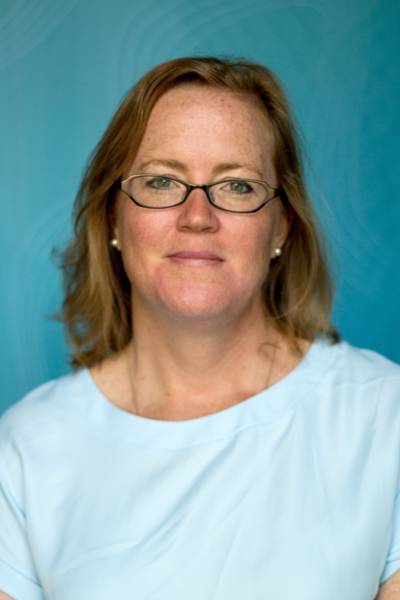We propose a generative agent-based model of the emergence and escalation of xenophobic anxiety in which individuals from two different religious groups encounter various hazards within an artificial society. The architecture of the model is informed by several empirically validated theories about the role of religion in intergroup conflict. Our results identify some of the conditions and mechanisms that engender the intensification of anxiety within and between religious groups. We define mutually escalating xenophobic anxiety as the increase of the average level of anxiety of the agents in both groups over time. Trace validation techniques show that the most common conditions under which longer periods of mutually escalating xenophobic anxiety occur are those in which the difference in the size of the groups is not too large and the agents experience social and contagion hazards at a level of intensity that meets or exceeds their thresholds for those hazards. Under these conditions agents will encounter out-group members more regularly, and perceive them as threats, generating mutually escalating xenophobic anxiety. The model’s capacity to grow the macro-level emergence of this phenomenon from micro-level agent behaviors and interactions provides the foundation for future work in this domain.
Shults, Fount Leron; Ross Gore; Wesley J. Wildman; Christopher J. Lynch; Justin E. Lane & Monica Duffy Toft (2018) A Generative Model of the Mutual Escalation of Anxiety Between Religious Groups, Journal of Artificial Societies and Social Simulation 21 (4): 7.








